Rising Prevalence of Chronic Diseases
The increasing incidence of chronic diseases in South America is a pivotal driver for the digital pathology market. Conditions such as cancer, diabetes, and cardiovascular diseases are on the rise, necessitating advanced diagnostic tools. The digital pathology market is poised to benefit from this trend, as healthcare providers seek efficient and accurate diagnostic solutions. For instance, the World Health Organization reported that cancer cases in South America are expected to rise by 25% by 2030. This surge in chronic diseases compels healthcare systems to adopt digital pathology solutions that enhance diagnostic accuracy and speed, ultimately improving patient outcomes. As a result, the demand for digital pathology technologies is likely to escalate, fostering growth in the market and encouraging investments in innovative diagnostic tools.
Integration of Artificial Intelligence
The integration of artificial intelligence (AI) into pathology workflows is transforming the digital pathology market in South America. AI technologies enhance image analysis, enabling pathologists to make more accurate diagnoses and reduce human error. This technological advancement is particularly relevant in regions where there is a shortage of trained pathologists. According to recent studies, AI can improve diagnostic accuracy by up to 30%, which is crucial in a landscape where timely and precise diagnoses are essential. The digital pathology market is likely to see increased adoption of AI-driven solutions, as healthcare providers recognize the potential for improved efficiency and patient care. Furthermore, the collaboration between tech companies and healthcare institutions is expected to accelerate the development of AI applications tailored for pathology, further driving market growth.
Rising Demand for Telepathology Services
The demand for telepathology services in South America is emerging as a crucial driver for the digital pathology market. As healthcare systems strive to improve access to diagnostic services, telepathology offers a viable solution, particularly in remote and underserved areas. This technology allows pathologists to remotely analyze and interpret digital images, thereby overcoming geographical barriers. Recent surveys indicate that approximately 40% of healthcare providers in South America are considering the implementation of telepathology solutions to enhance service delivery. The digital pathology market is likely to benefit from this trend, as the adoption of telepathology can lead to faster diagnoses and improved patient outcomes. Furthermore, the increasing acceptance of telemedicine in the region supports the growth of telepathology, positioning it as a key component of the evolving healthcare landscape.
Increasing Focus on Personalized Medicine
The shift towards personalized medicine in South America is driving the digital pathology market. As healthcare providers aim to tailor treatments to individual patients, the need for precise diagnostic tools becomes paramount. Digital pathology technologies enable pathologists to analyze tissue samples with greater accuracy, facilitating the development of personalized treatment plans. Reports suggest that the personalized medicine market in South America is projected to grow at a CAGR of 12% over the next five years, indicating a robust demand for advanced diagnostic solutions. This trend is likely to propel the adoption of digital pathology systems, as they provide the necessary data for informed decision-making in personalized healthcare. Consequently, the digital pathology market is expected to expand in response to this growing emphasis on individualized patient care.
Growing Investment in Healthcare Infrastructure
Investment in healthcare infrastructure across South America is a significant driver for the digital pathology market. Governments and private entities are increasingly allocating funds to modernize healthcare facilities, which includes the adoption of digital pathology technologies. For example, Brazil has announced a $1 billion investment plan aimed at enhancing healthcare services, which encompasses the integration of digital pathology systems. This influx of capital is likely to facilitate the procurement of advanced diagnostic tools, thereby expanding the market. Additionally, as healthcare facilities upgrade their infrastructure, the demand for digital pathology solutions is expected to rise, creating opportunities for vendors in the market. The trend indicates a shift towards more efficient healthcare delivery, with digital pathology playing a crucial role in this transformation.


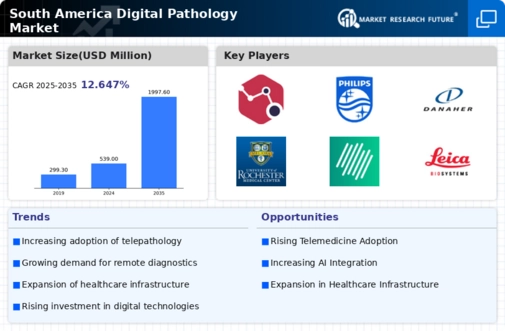
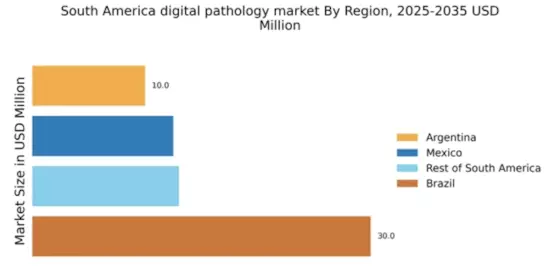

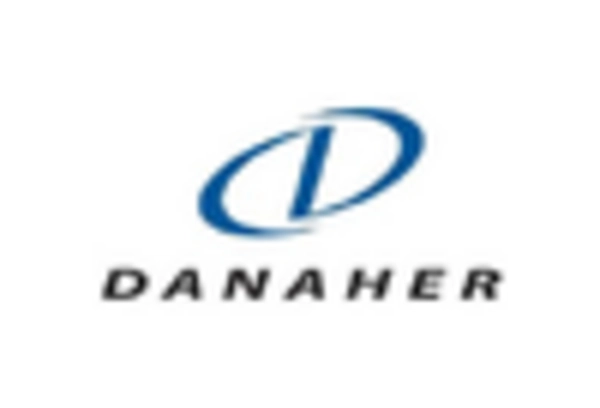
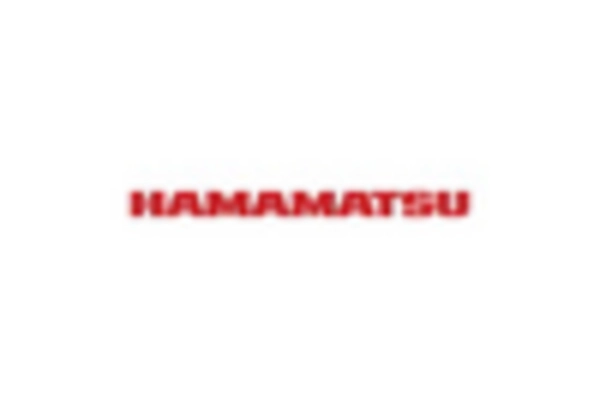
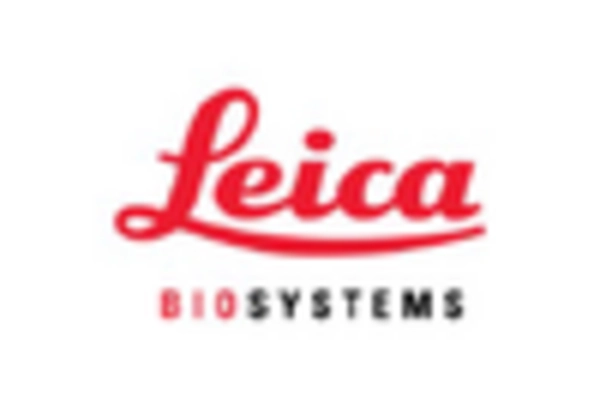










Leave a Comment